October 1, 2025 • 15 min read
AI for Customer Experience: How It Can Improve Customer Interactions

Content Writer
October 1, 2025

80% of companies are already using or planning to take in AI-powered chatbots to handle their customer service by the end of the decade.[*] AI for Customer Experience (CX) is the strategic application of artificial intelligence tech to beef up all your touchpoints throughout the customer journey. Whether it’s the moment someone finds your brand through support and retention efforts, AI is there to personalize and optimize satisfying experiences at scale.
Still organizations are struggling to give customers the personalized and snappy support they want and need. 71% of customers say they want personalized interactions and a sweeping 76% of them get upset when they don’t get it.[*] Expectation and reality face major gaps but present your company with an opportunity to win over new customers. This guide looks into what AI for the customer experience is and how you can harness it to improve customer interactions.
What Is AI for Customer Experience?
AI for CX is the strategic deployment of artificial intelligence tech to bring up customer interactions to the next level across your touchpoints. It is not here to replace human connections, but AI for CX is there to elevate your team’s power in delivering personalized customer experiences and services while scaling them to new heights.
Consider that your associates want to use AI. Studies show that 84% of customer service professionals are already saying they believe AI makes responding to customer inquiries easier, some representatives claim that chatbots have saved them up to 2 hours a day.[*] AI systems can handle routine inquiries in minutes while taking those complex issues to your human staff with the whole story and the context they need to deliver a great experience. The tech needs to feel invisible but the support it provides will give maximum impact.
Where AI Fits in the Customer Journey
Customers fly through interactions with brands using many different channels and want consistent and logical experiences at all these stages. AI creates connected experiences that anticipate customer needs while working to cut fiction through the customer lifecycle. People believe it’s just there to automate individual tasks, but over different customer stages we discuss below, AI serves as a guiding force that enhances and boosts each phase to deliver value to customers, service teams, and overall business outcomes.
Discovery

It is said that 50% of companies use AI tools when it comes time to analyze feedback for trends, creating content that resonates with potential customers, and serving as an engine for those useful chatbots.[*] AI-driven tools and discovery means potential customers find you faster and evaluate your options through personalized search rankings. It also brings forward relevant recommendations based on individual preferences and desires.
Evaluation
Interactive AI assistants can get customers answers to product questions in seconds, helping customers see how your options and offerings work for them without waiting for a human to intervene. A smart AI solution will understand natural language and give “human”-llike detailed responses about relevant features, pricing, and compatibility while adhering to your established brand and tone.
Purchase

AI makes the purchasing process feel like a truly engaging experience where intelligent pricing and personalized offers come through analysis of market conditions, competitor pricing, and the customer’s own behavior through the process. This way you maximize your conversions and revenue while offering customers a deal.
Onboarding
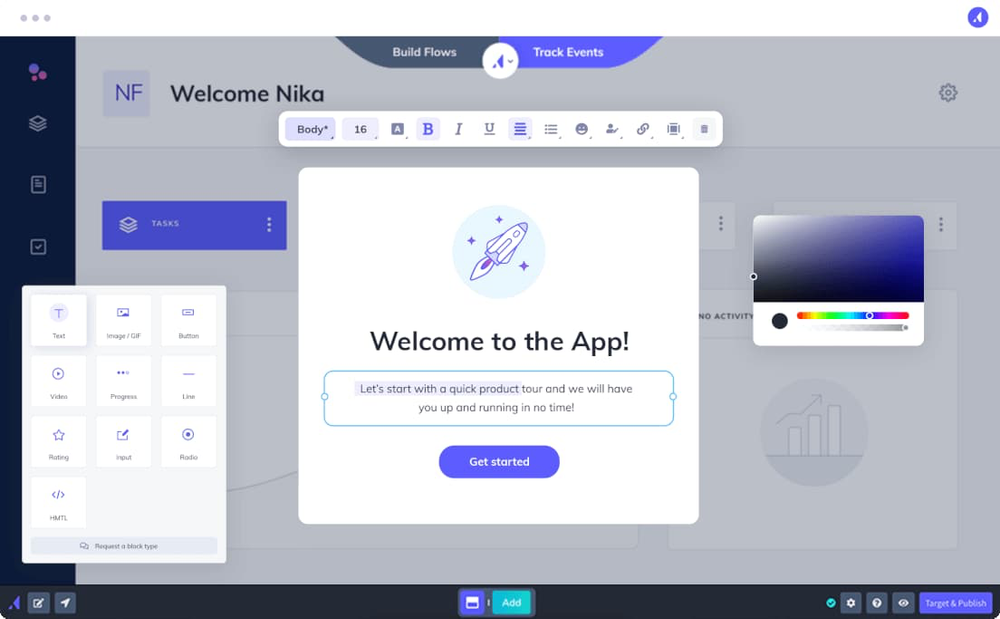
AI-driven onboarding constructs and formulates customized journeys that come with personalized tutorials which underscore and find where customers struggle. These solutions can proactively help with setup steps while automatically giving additional assistance or redirecting customers to human support when things get dicey.
Support
Your intelligent support systems are there to diagnose issues without any direction while providing actionable solutions before customers hit the support lines. Even when human assistance is absolutely necessary, these AI tools can route customers and tickets to the best agent possible with all context intact.
Retention
AI can play a big part in your retention process where it will take time to look through your customers’ behavioral patterns to figure out who’s going to churn and offer up targeted and personalized retention campaigns. Proactive interventions keep your customers from leaving you for other brands.
How AI Transforms Customer Experience
AI for Customer Experience offers you the chance to transform in ways that go past customer experience automation. AI is there to provide new ways of doing things that transcend the traditional customer service approaches you might use as crutches. All the while, you maintain cost efficiency and operational tip-top shape through these benefits:
Personalization at Scale

Old-hat personalizing usually means extensive manual efforts and limiting your reach to a handful of customers. AI takes limitations off the chessboard by taking into account individual preferences, behavioral tells, and contextual clues to give experiences that appeal to different customers simultaneously. Machine learning algorithms process seas of data to get purchase patterns, support interactions, and critical demographic information to get what each customer wants most.
Dynamic content distribution can adjust web layouts, product recommendations, emails, and communication times at a drop of a hat. It’s said that nearly 3 out of 5 marketers in the enterprise space use AI to personalize what customers see.[*] This tech finds the best spoke of the omnichannel customer experience and when is the best time to get to them while packaging the best message format. Personalized experiences are said to deliver 20% increases to customer satisfaction scores while also keeping conversion rates and lifetime values growing.[*]
24/7 Intelligent Support
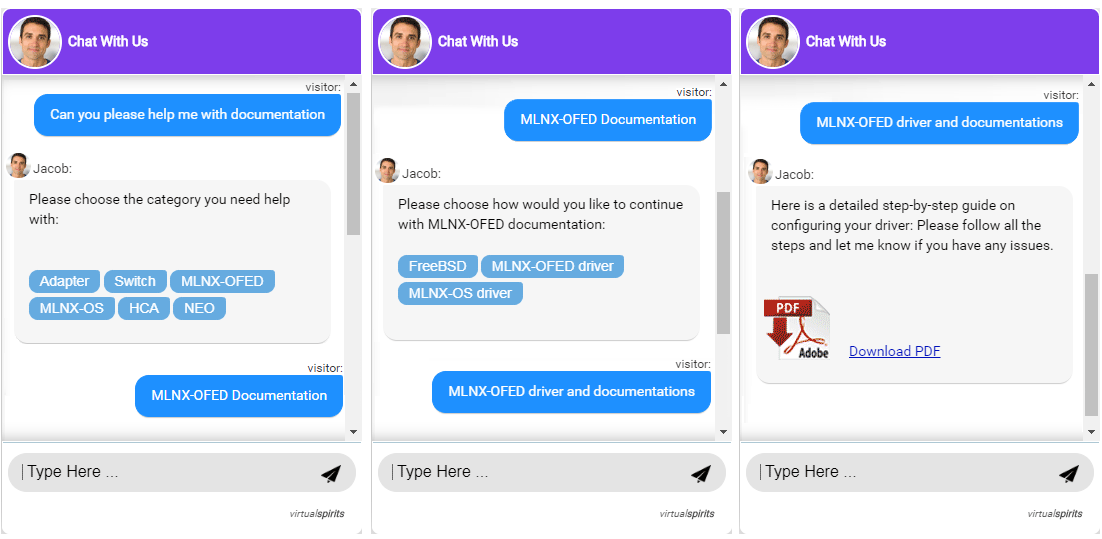
Always-available support revolutionizes the way customer relationships work. This happens through the elimination of frustrating business hours and stale hold times. AI support systems can send off instant but accurate responses across all channels including chat, email, social media, and phone calls. Multilingual capabilities show businesses care to serve a diverse and global range of customers. All the while, not having to hire specialized staff for each language. Human agents have varying knowledge levels while AI provides reliable support improving at all times through machine learning.
Predictive Service
Rather than just wait around waiting for problems to occur, AI anticipates issues before customers hit snafus. Predictive models can see the average customer usage patterns and historical data to root out and see potential problems early. This is a boon when it comes to triggering proactive outreach. These systems also underscore which customers are at risk of churning based on engagement metrics so you can try to win them back with early intervention and personalized offers to prevent customer loss.
Agent Augmentation
AI doesn't replace human agents but makes them significantly more effective. Real-time suggestion systems provide agents with recommended responses, relevant knowledge base articles, and next-best actions during customer interactions. Automated note-taking means your team gets the good stuff like key conversation points and resolution details without having your agents play two time-consuming roles: documenting and handling the issues.
Sentiment analysis understands the variance in conversation tone and will escalate interactions when customers show signs of being annoyed or difficult. Knowledge base recommendations reveal relevant information in a snap to cut down the time agents spend looking for answers. Human agents get back time and power to focus on complex problem-solving, relationship building, and empathetic support. AI handles their routine tasks. The results are happier agents who provide top-tier service as they shepherd customers to better customer outcomes and reduced employee turnover.
Essential AI Technologies for CX
Success lies in getting that technologies solve specific customer experience challenges but it's not one-size-fits-all. Each AI feature serves different needs. The best way to get the most value is to take multiple technologies and put them together into systems to create comprehensive solutions that address customer needs holistically. We have the most pertinent tech below:
Conversational AI
Natural Language Processing (NLP) forms the foundation of modern CX interactions. It enables systems to understand customer intent, context, and nuance without requiring scripted keywords or rigid commands. NLP supports natural conversation flow, learns slang and contextual references, and maintains conversation history across multiple interactions.
Key components include:
- Chatbots and virtual assistants: Handle complex conversations, ask clarifying questions, and deliver rich, human-like responses.
- Voice AI: Adds speech recognition to make phone interactions smoother and more intuitive.
- Sentiment analysis: Detects emotional cues in text and voice to adjust responses or escalate when needed.
Predictive Analytics and Machine Learning
Predictive capabilities use historical data to anticipate customer behaviors, preferences, and needs. This allows businesses to be proactive rather than reactive.
Key applications include:
- Customer behavior prediction: Forecast future purchases or support needs.
- Churn risk scoring: Identify customers likely to leave and intervene early.
- Next-best-action recommendations: Suggest optimal actions tailored to each customer’s profile, context, and business goals.
- Demand forecasting: Account for seasonal fluctuations and resource planning to keep operations smooth.
- Anomaly detection: Spot unusual patterns that signal fraud, system issues, or emerging customer needs.
Generative AI Applications
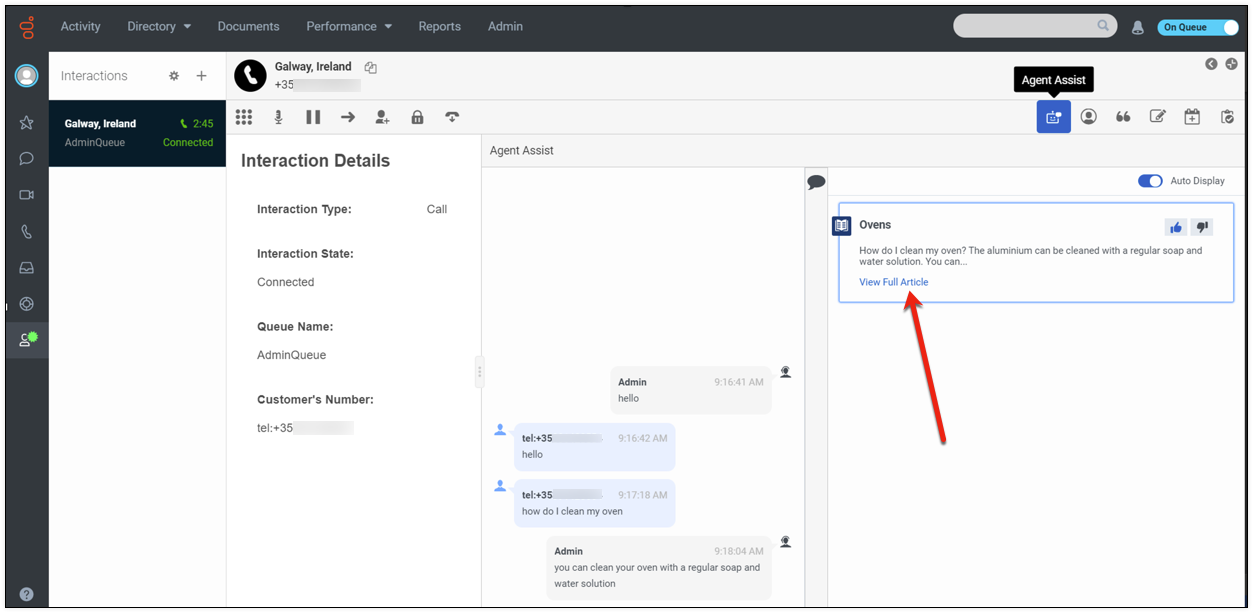
Content creation capabilities enable AI systems to draft personalized responses and create marketing materials that match your brand voice. Email and chat summarization condenses long conversations into key points, helping agents quickly understand context. Knowledge article generation creates support documentation based on resolved customer issues, building comprehensive knowledge bases automatically. Translation services enable global customer support without requiring multilingual staff while maintaining cultural sensitivity.
Orchestration and Integration
Workflow automation bridges those critical AI capabilities with your existing business systems to create seamless experiences that are agnostic to tools or departments. Intelligent routing takes in customer inquiries and ships them off to the most pertinent resources with consideration for complexity and agent expertise. Cross-channel context preservation maintains conversation history and customer preferences regardless of how customers choose to interact.
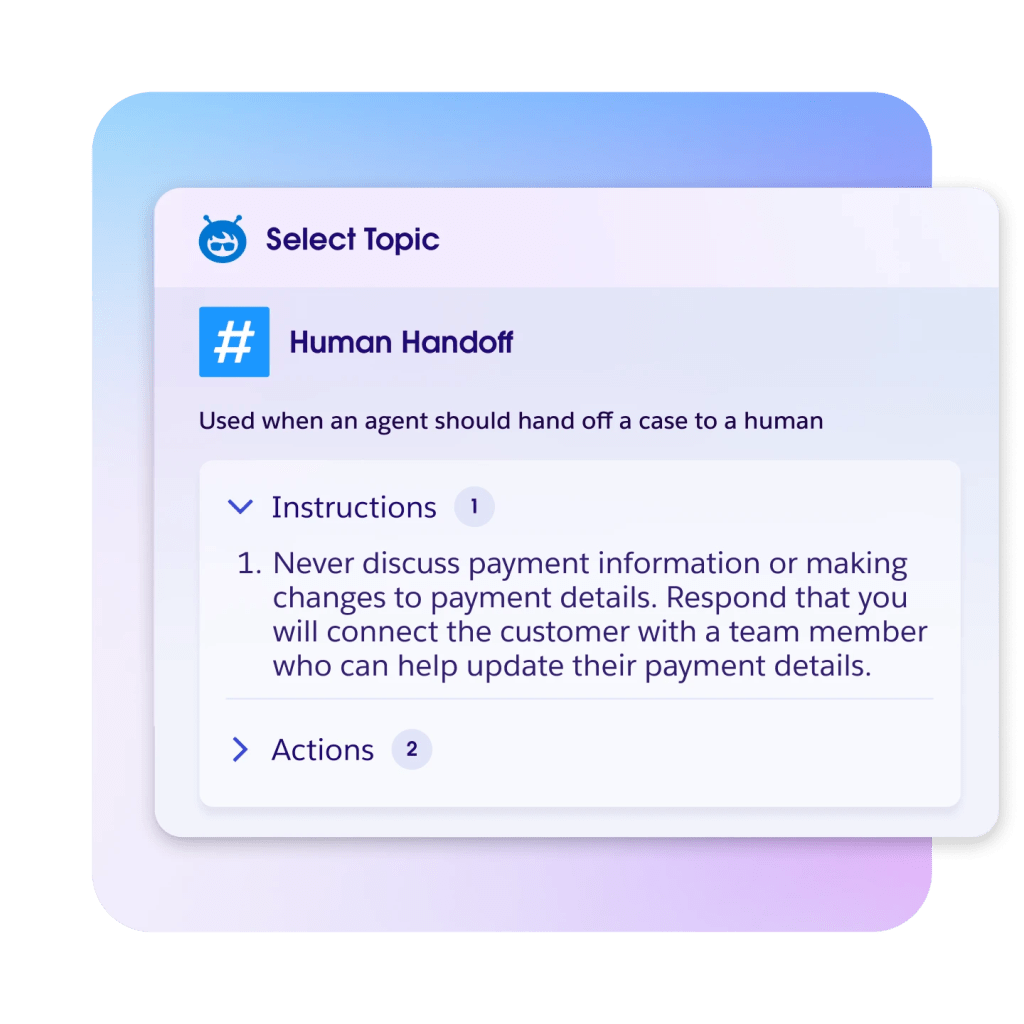
Human-AI handoff management keeps your transitions smooth as butter even when complex issues require human intervention. It also works at providing agents with complete context and AI-generated recommendations. APIs can drive connectivity to make your AI systems play nice with existing and critical CRM platforms, billing systems, inventory management, and other business tools. This orchestration creates a comprehensive and living running document of your customers AI and human capabilities can better service.
High-Impact Use Cases
We have a few use cases below to demonstrate how AI creates realizable value across a gamut of issues that plague customer experience. Here are a few high-impact use cases that universally raise the bar.
Self-Service Automation
AI-driven self-service elevates your existing customer support by prioritizing instant resolution for common issues without human staff having to step in. Intelligent systems steer your customers through troubleshooting, concerns about account changes, and any relevant requests via NLP. Self-service automations allow for real-time access to relevant data from multiple sources to provide personalized responses that resolve issues entirely rather than providing generic nothingburgers that lead to customers coming back even more frustrated than they came in.
Proactive Engagement
Predictive systems are all about putting together optimal moments for customer outreach. These moments are formed by understanding the different customer lifecycle stages while taking into account external factors.
Rather than generic marketing campaigns, AI launches personalized communications when customers are most willing to digest or contemplate actions. This might take into account product recommendations based on usage patterns, sending out reminders timed to customer preferences for renewals, and sending preemptive check-ins when systems face potential issues.
Churn Prevention
Advanced analytics know which customers are most at risk of leaving. The secret sauce is taking in engagement patterns, support history, usage trends, and satisfaction indicators and notifying relevant stakeholders ahead of time. Early warning systems will send out automated retention campaigns with personalized offers and even predicate human outreach. These interventions occur before customers reach the decision point to cancel, when retention efforts are most effective.
Machine learning models continuously refine churn prediction accuracy by analyzing which interventions succeed and adjusting risk scoring accordingly. This creates an improving system that becomes more effective at preventing customer loss over time while optimizing retention investment efficiency.
Journey Optimization
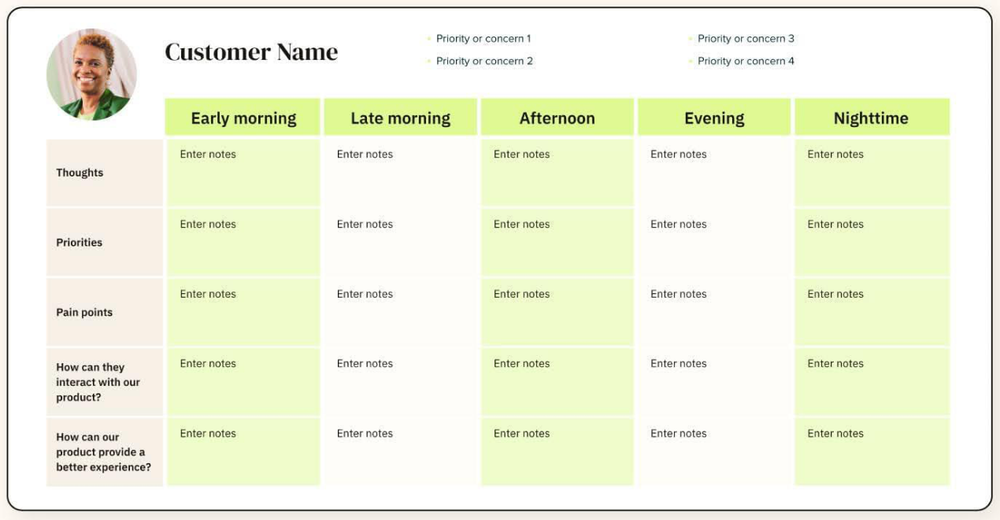
AI parses through customer paths looking into your existing products and services to see where friction happens, where customers will abandon you, and optimization wins you can do now. Heat mapping your digital experiences reveals where customers struggle and predictive modeling suggests improvements that delight existing customers and entice potential converts. Journey maps and insights enable data-driven CX improvements that address real customer needs rather than assumptions that just do not register in real-life usage patterns.
Risk Management and Governance
As AI systems become more deeply embedded in customer interactions, businesses need strong guardrails. Governance frameworks help ensure that data is handled responsibly, failures are prevented, and human judgment remains central where it matters most.
Data Privacy and Compliance
GDPR and CCPA compliance requirements mean you must handle data carefully throughout AI development and deployment. This includes:
- Documenting data sources to show where information comes from.
- Revealing processing purposes transparently so customers know how their data is used.
- Creating retention policies that clarify how long data is stored.
- Implementing consent management systems so customers can easily control, modify, or withdraw their data permissions.
Data minimization practices ensure AI systems only collect and process information that’s strictly necessary. Regular privacy audits verify that operations stay within stated parameters and highlight areas to reduce data usage.
Customer data rights management provides clear ways for customers to access, correct, or delete their information. Building AI capabilities around trust and transparency ensures compliance across all relevant regulations where you operate.
Preventing AI Failures
- Hallucination prevention: Ground AI responses in verified knowledge sources and implement strong verification processes.
- Bias detection and mitigation: Regular testing ensures fair treatment of all customers and prevents demographic bias.
- Regular accuracy testing: Compare AI outputs against correct answers to find gaps that need retraining or adjustment.
- Fallback mechanisms: Keep human support available for scenarios that exceed AI’s capabilities.
- Human oversight: Critical or private decisions should always involve human review to protect customers and maintain trust.
Maintaining Human-AI Balance
- Clear handoff protocols: Define when and why AI should transfer customers to human agents, ensuring smooth transitions with full context.
- Transparency: Make it clear when customers are interacting with AI versus a human agent.
- Human assistance options: Give customers the ability to switch to a human channel when they prefer.
- Empathy preservation: Efficiency gains should never come at the expense of emotional connection. Customers want to feel understood at every stage.
- Complex issue escalation: Escalate situations that require human judgment, creativity, or emotional intelligence, ensuring human elements remain central even as AI handles routine tasks.
Common Pitfalls to Avoid
Do not fall for these common implementation mistakes as these cost you significant time and resources. You want to take extra considerations to keep your AI for CX strategy clean and free of these common issues.
Neglecting Ongoing Training and Updates
AI systems demand continuous learning to keep accuracy up and stay relevant to customer needs and operational demands. Customer language will change, business processes are not static at all, and you will eventually put into place new products or services that lead to updates in training data. Organizations that treat AI as a "set and forget" solution are making the worst mistake as they will see efficiency and accuracy drop drastically over time as systems become outdated.
Regular model retraining incorporates new customer interactions, feedback, and business changes to maintain system effectiveness. This includes updating knowledge bases, refining response templates, and adjusting prediction models based on changing customer behavior patterns.
Poor Data Quality and Fragmented Systems
AI systems are capped at just how good the data they're trained on is and which exact systems they can access at the moment. Fragmented customer data across systems and those dreaded data silos creates incomplete pictures and poor recommendations that lead to abysmal experiences. Data quality issues can be defined as outdated information, redundant records, and inconsistent formatting which snowball into knowledge gaps that provide inaccurate responses.
Successful AI for CX means data integration efforts which emphasize and create unified customer profiles. These are crucial and ensure information accuracy for all sources drawn from. This foundational work isn't easy or particularly thrilling but you need to put in that work to have your AI systems provide value to both customers and businesses.
Over-Automation Without Human Fallback
Automation makes life easier, but removing human options entirely usually frustrates customers who at times will run into complex or unusual situations. AI systems have hard limits, so customers must have guaranteed access to human assistance because truth be told: sometimes, automated solutions don't meet their needs.
Effective implementations provide clear escalation paths and ensure human agents have complete context when customers transfer from AI systems. This hybrid approach means efficiency never comes at the brutal cost of customer satisfaction and trust.
Tracking Vanity Metrics Instead of Business Outcomes
Do not fall for the trap other companies fall into where they just focus on AI-specific metrics (think chatbot interaction counts or response times). If you aren't measuring impact on customer satisfaction, retention, or the almighty metric: revenue, you're missing out on the big picture. While operational metrics have value, they may not always correlate with customer experience improvements or immediate business success.
Truly clever measurement hones in on core CX metrics like CSAT scores, first contact resolution rates, and customer lifetime value that directly impact your business objectives. This outcome-focused approach grounds AI investments and works to give you the real value rather than impressive but expensive technical statistics.
Human-First and AI-Powered CX Are the Way Forward
Organizations need to recognize AI is an amplifier of their existing human staff rather than just a replacement for it to thrive and excel against their competitors. Success means thinking of implementation in a way that keeps the customers’ outcomes at the heart of it and not just technological novelties. Human oversight needs to exist and processes need to be based on real-world results. The technology is here, the customer expectations are crystal clear, and the advantages are there but only if you do AI right.
FAQs
Customer interaction history, support tickets, and basic demographic information provide a solid foundation for most AI implementations.
Ground AI responses in verified knowledge sources and implement human oversight for customer-facing content before deployment.
Start with your highest-volume, most routine inquiries like password resets, order status, and basic product questions.
No, AI works best as an augmentation tool that handles routine tasks while humans manage complex issues requiring empathy and creativity.
Train AI systems using your existing high-quality customer communications and implement approval workflows for response templates.